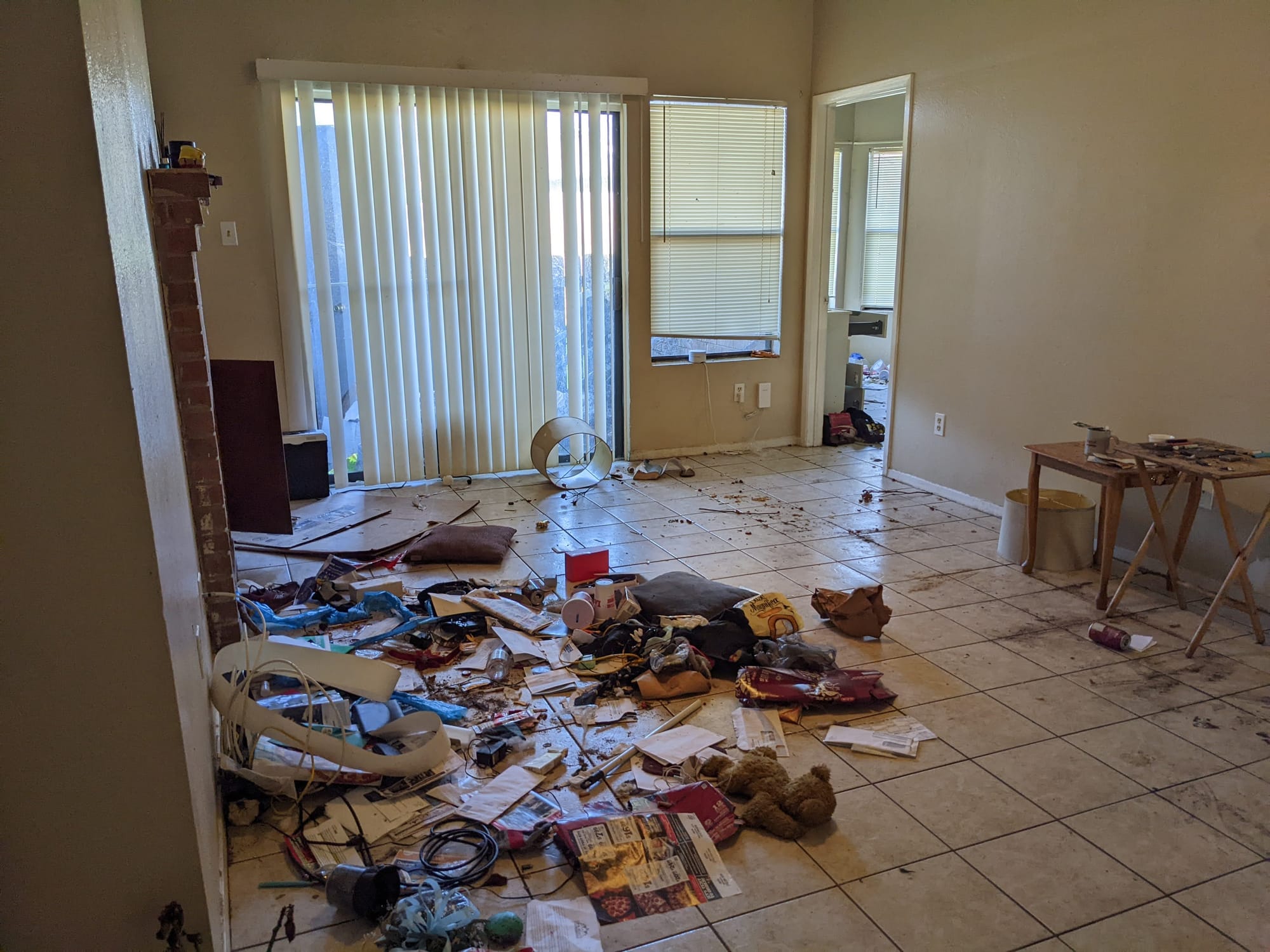Issues when doing owner occupied multifamily investing (hybrid) 2-4 units

Did you know that you can invest in multifamily units with less than the typical 20% down payment if you live in one of the units yourself? More commonly known as house hacking
When I first got started in real estate, I never imagined that my first deal would be a multifamily property. After about six months of nonstop learning, reading books, listening to podcasts, and diving into articles, I found a 4plex listed for just over $500,000. Each unit was bringing in about $850–$900/month, and interest rates in late 2019 were around 3.5% for a primary residence loan. The income from my job alone couldn’t support the $3,500/month mortgage payment, but since the property was fully rented, I was able to use 75% of the rental income to help qualify for the loan.
I closed the deal and felt such an accomplishment. But that victory came with hidden costs and lessons most people do not talk about.
The Reality Behind Hybrid Owner-Occupied Investing
Since I had to occupy the property to qualify for the loan, I needed to ask one tenant to leave. They were on month-to-month, and legally I had to move in within the guidelines of the loan. Once the unit was vacant, it was in a condition worse than I thought. I had to spend around $5,000 on flooring, plumbing, and HVAC work, plus several after work days and weekends doing the rest myself: painting, repairs, cabinet fixes, window treatments, you name it.
Then came the real hit: one of the inherited tenants stopped paying rent and had to be evicted. They trashed the unit so badly it cost nearly $50,000 to bring it back to rentable condition. In the end, I stabilized the property and refinanced, but not without serious stress.

The Hidden Pain: Personal vs. Business Finances Get Messy
Here's the part most beginner investors miss: when you live in one unit and rent out the rest, you’re living in a hybrid investment. Part personal, part business. And it gets messy fast.
I was paying for materials with a personal credit card. Reimbursing contractors from my checking account. Sometimes I even bought supplies at Home Depot while picking up stuff for my own unit. I had no system, no clean ledger—just a growing pile of receipts and transactions that blurred together.
When it came time to refinance or raise money for the next deal, I couldn’t even tell which expenses were business and which were personal. I had no clarity. No defensible trail. Just a vague story about how I "made it work." And lenders or partners? They don’t invest in vague, or trust me bro stories.
The Fix: Treat Every Deal Like a Business from Day One
Even if it’s your first property. Even if you live in part of it. You need a way to:
- Track expenses tied to specific units or repairs
- Separate personal and business costs
- Keep documentation (HUDs, invoices, rent rolls) in one place
- Prove performance when it’s time to refi or raise capital
That’s exactly why we built Carbon Copi, to solve the pain I experienced firsthand. It helps real estate investors automate their books, match expenses to source docs, and separate what’s personal from what’s business so you don’t hit a wall when you’re finally ready to scale.
Because one thing’s for sure: hybrid investing may get you in the game, but without clean financials, you’ll be stuck on the bench.



